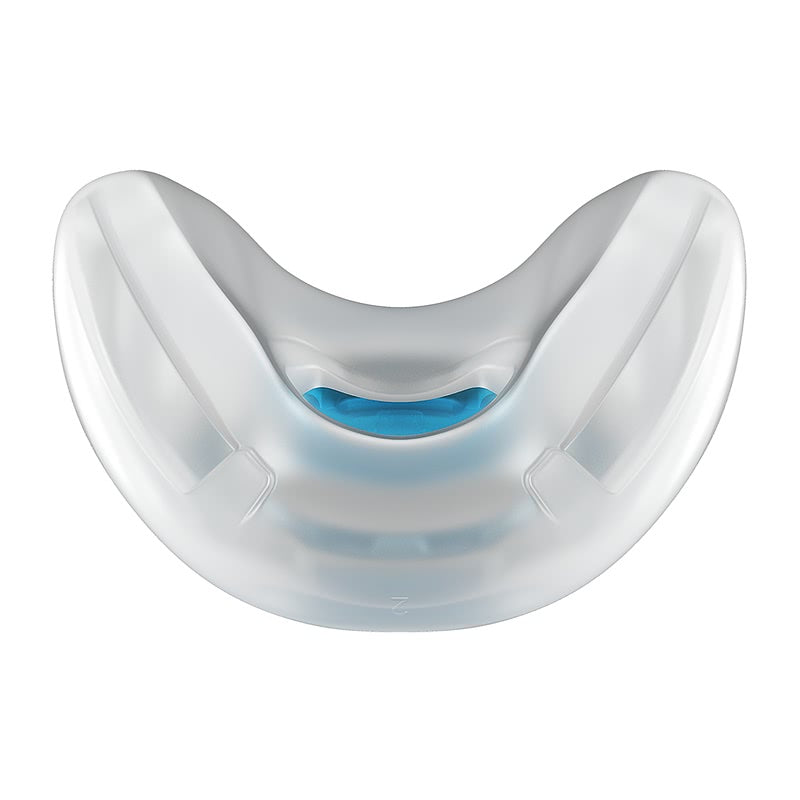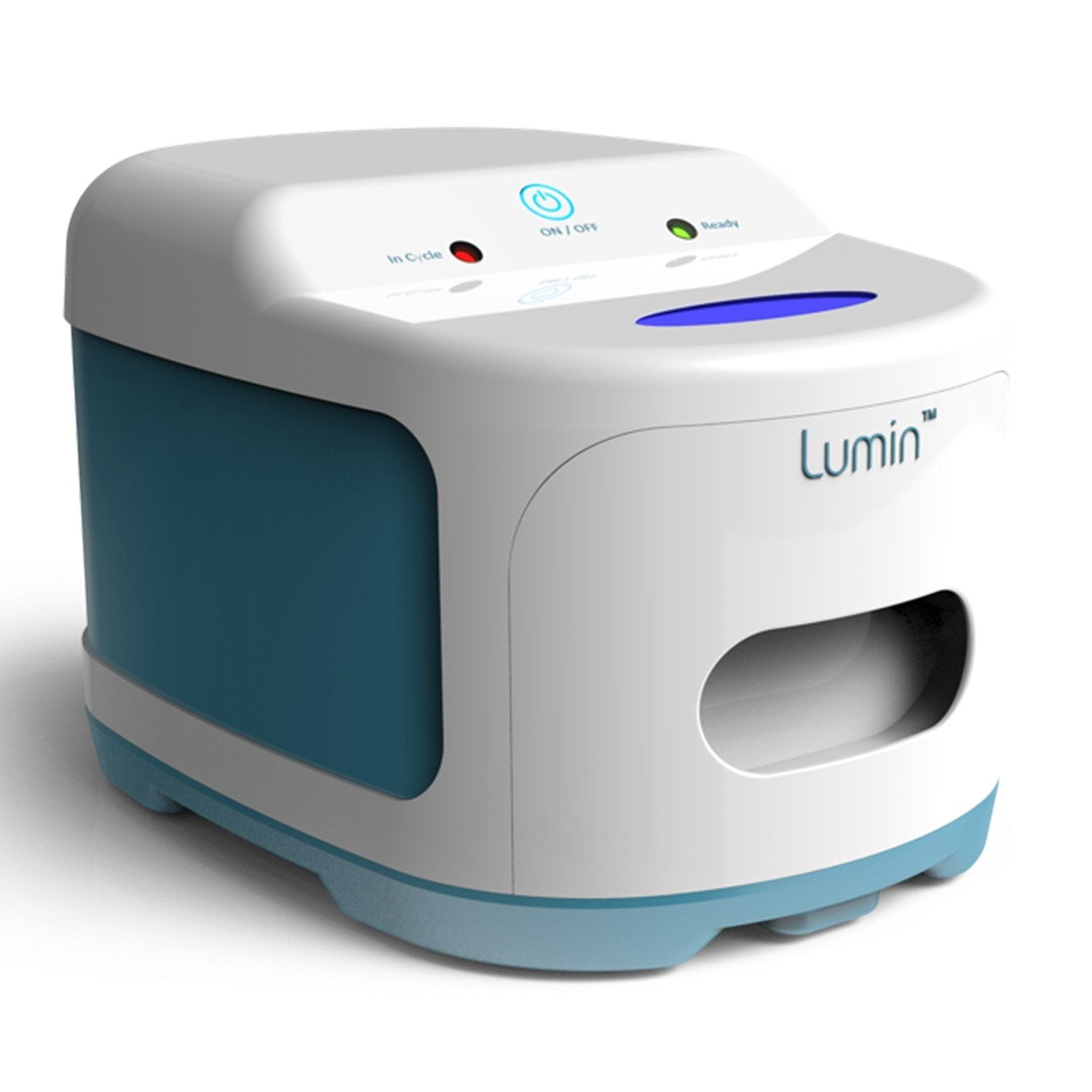Drowsy driving: Causes, risks and repercussions
Share
Drowsy driving is a health risk that we’ve written about on a number of occasions. But given the dangers of drowsy driving — as well as its continuing presence in the news — we’re taking another look at this public health epidemic.
The media’s interest in drowsy driving was renewed when last year’s fatal train derailment in New York was connected to sleep issues. It’s been revealed that the engineer during the crash, William Rockefeller, had undiagnosed sleep apnea, according to The Journal News of Westchester County, New York.1
Rockefeller had never been tested for sleeping disorders before the accident, despite a history of snoring. A sleep test revealed that his sleep was disrupted as many as 65 times per hour. That’s more than twice the amount of the minimum threshold for severe sleep apnea as defined by the American Academy of Sleep Medicine.
“In the U.S., drowsy drivers are responsible for a fifth of all motor vehicle accidents and some 8,000 deaths annually,” Dr. Charles A. Czeisler, Professor of Sleep Medicine at Harvard Medical School, told the Harvard Business Review.2
“It is estimated that 80,000 drivers fall asleep at the wheel every day, 10% of them run off the road, and every two minutes, one of them crashes. Countless innocent people are hurt,” Dr. Czeisler adds.
“There’s now a vehicular homicide law in New Jersey (and some pending in other states) that includes driving without sleep for more than 24 hours in its definition of recklessness,” Dr. Czeisler continues. “There’s a man in Florida who’s serving a 15-year prison term for vehicular homicide — he’d been awake for 30-some hours when he crashed his company’s truck into a group of cars waiting for a light to change, killing three people.”
Drowsy driving: An international epidemic
The risks of drowsy driving are being recognized by authorities outside of the United States, too. In Australia, a fatal driving accident caused by a public official in 2013 is being examined as a case of drowsy driving. The official has been diagnosed with sleep apnea, reports The Australian.3
In Japan, a 2012 bus crash that killed seven people has also been connected to undiagnosed sleep apnea. But even aside from sleep apnea, the driver appears to have been seriously sleep deprived. According to The Japan Times, he slept just three hours in the 36-hour period before the crash.4
China Radio International recently published an interview with Xin Bing, head of sci-tech popularization with the China Association for Science and Technology, warning of the dangers of drowsy driving.5
“Almost one-third of the world's population has problems sleeping,” Bing said. “Here in China, 38.2 percent of the population suffers from sleep difficulties, and the percentage is much higher than the world average.”
In the same report, professor Chen Guihai, a sleep specialist working to raise awareness of drowsy driving, connects those figures to a recent increase in traffic accidents.
“Research shows that 30 percent of traffic accidents took place as a result of drowsy driving,” Guihai said. “The main factors that lead to a driver's tiredness include inadequate sleep, bad quality of sleep and not enough breaks being taken during long drives, successively.”
“All drivers should make sure they are well rested before they take the wheel and not hesitate to take a break if they feel sleepy,” The Japan Times editorial adds. “Drivers need to have the courage and common sense to stop driving and take a nap if they feel sleepy.”
Do you have any experiences with drowsy driving? Leave a comment and share your thoughts with the community.
Please note: Our comment section is a forum for patients to share experiences and ideas with one another. Please discuss any medical advice with your doctor or equipment provider. If you have a specific product question, please contact ResMed’s Customer Service team.
References
- Saeed, Khurram. “Bronx train derailment: Engineer had sleep apnea.” The Journal News (online edition). April 8, 2014. Retrieved from http://www.lohud.com/story/news/local/westchester/2014/04/07/fatal-derailment/7413675/ (accessed April 11, 2014).
- Fryer, Bronwyn. “Sleep Deficit: The Performance Killer: A Conversation with Charles A. Czeisler by Bronwyn Fryer.” Harvard Business Review Magazine (online edition). October, 2006. Retrieved from http://hbr.org/2006/10/sleep-deficit-the-performance-killer/ar/1 (accessed April 11, 2014).
- Denholm, Matthew. “DPP blames accident on apnea.” The Australian (online edition). March 25, 2014. Retrieved from http://www.theaustralian.com.au/news/nation/dpp-blames-accident-on-apnea/story-e6frg6nf-1226863733930 (accessed April 9, 2014).
- Editorial. “Sleepy driving can kill.” The Japan Times (online edition). March 30, 2014. Retrieved from http://www.japantimes.co.jp/opinion/2014/03/30/editorials/sleepy-driving-can-kill/ (accessed April 11, 2014).
- Fei, Xu. “Experts Call for Gov't Investments in Sleep Researches.” China Radio International's English Service (online edition). March 18, 2014. Retrieved from http://english.cri.cn/6909/2014/03/18/195s817972.htm (accessed April 9, 2014).





1 comment
Muchas gracias. ?Como puedo iniciar sesion?